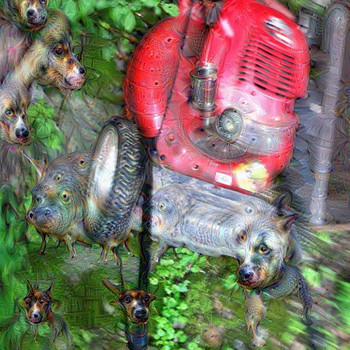Question #7409d
2 Answers
Simple Answer: c) The Potential Energy increases
Explanation:
The choices for answers for this question suggest that we are only expected to consider this problem as simple charged objects moving together influenced only to the electromagnetic force.
In this case, the protons both have positive charge and will tend to repel each other. If I launch one proton straight toward the other it will slow down as it approaches. If it wasn't launched very fast, it will simply slow down and come to rest as the other proton takes up its momentum and continues at the speed of the one that was initially moving.
One could also consider the strong nuclear force. At very close distances the strong nuclear force takes over and actually will attract the two. At some point in between the net forces between the two will be zero. At that particular distance, there is no change in energy as the distance between the two changes. In that case, this multiple choice question becomes undecidable.
But since we're talking about nuclear physics, things can get even stranger. At higher energies you might get a nuclear reaction.
Helium-2 is not stable. If you managed to briefly form this isotope, it would most likely split quickly back into two protons. But it could also decay through the emission of a Beta+ particle (a positron). This would result in the following reaction chain:
This nuclear reaction would actually release some kinetic energy.
Converting this mass loss into units of energy, this interaction produces 886 keV of energy. In this case, there is a kinetic energy gain and the creation of a new particle. (But that's probably not the answer your teacher wanted.)
See the answer below...
Explanation:
If we take two protons together there occurs a strong repulsive force .
But as we take it together it wants to go from each other...but it is unable to go...so the energy occurs in it is stored... it stores as potential energy...
Hope it helps...
Thank you...


